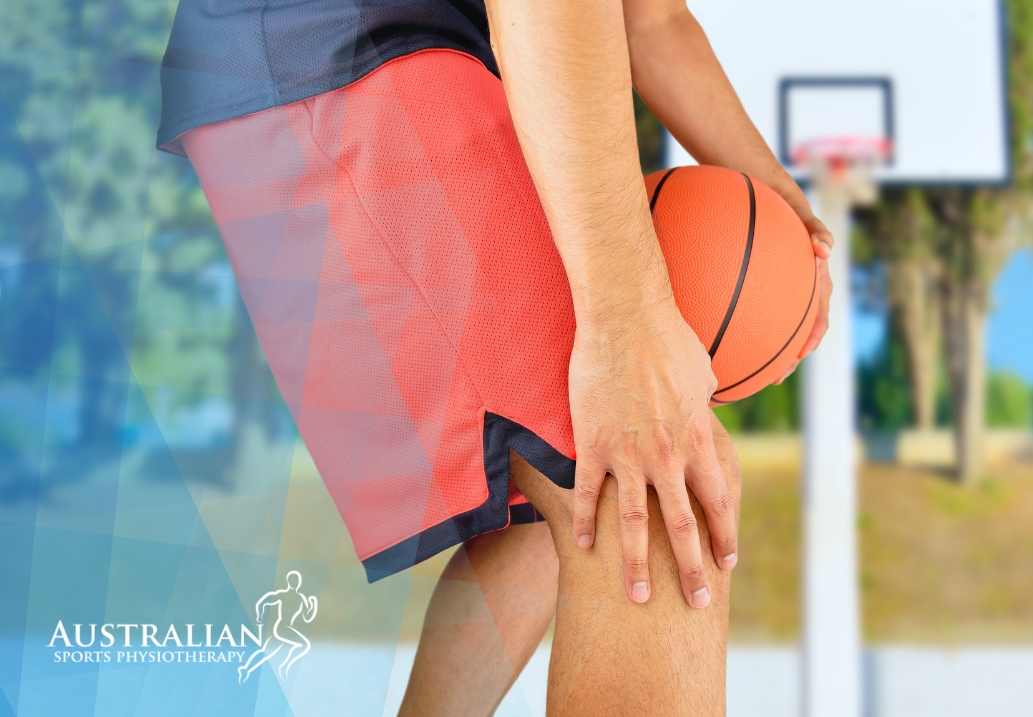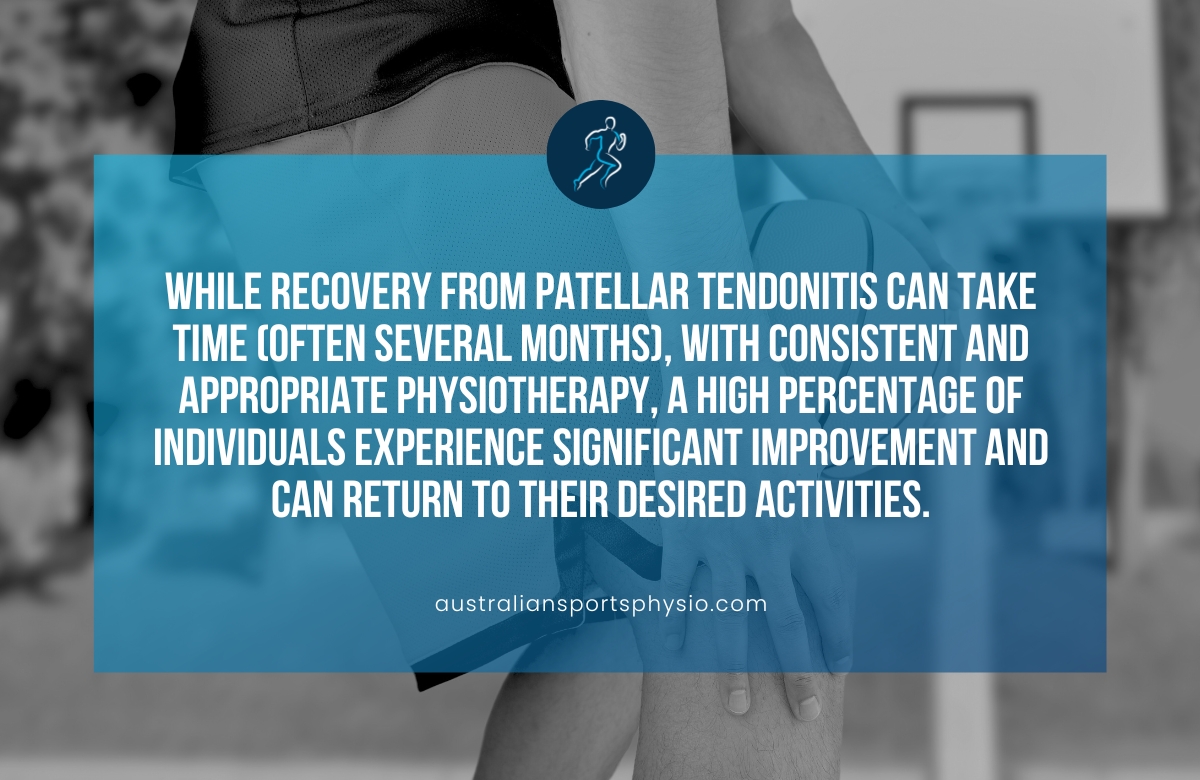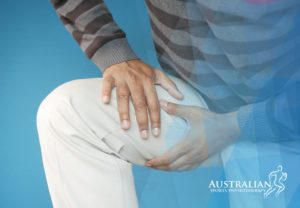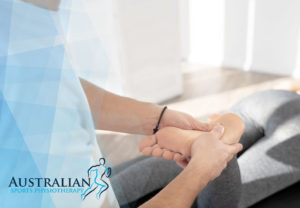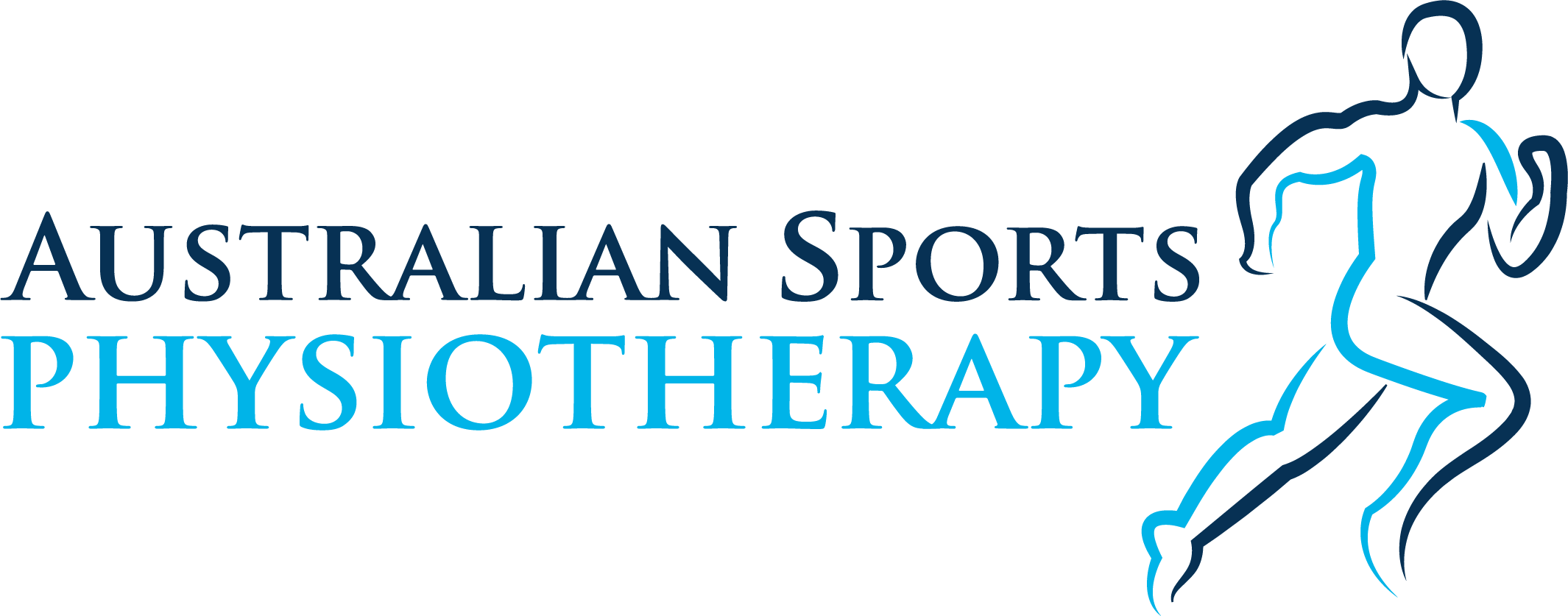Are you an avid basketball player finding yourself sidelined by persistent knee pain? Have you ever wondered if your passion for the game is being hampered by a common yet preventable injury?
Basketball is an intense, high-impact sport that demands quick sprints, jumps, and sudden changes of direction. These movements can take a toll on your knees, leading to patellar tendonitis, commonly known as “jumper’s knee“. This condition is prevalent among basketball players and can severely impact performance if not addressed properly.
Understanding and managing patellar tendonitis is crucial for those who spend significant time on the court. Effective physiotherapy can play a vital role in both recovery and prevention, ensuring you stay at the top of your game.
What is patellar tendonitis?
Patellar tendonitis, also commonly known as “jumper’s knee,” is an overuse injury that affects the patellar tendon. This tendon connects your kneecap (patella) to your shinbone (tibia) and plays a crucial role in straightening your knee for activities like kicking, running, and jumping.
Common causes of patellar tendonitis in basketball players
- Overuse: The constant stress of jumping and landing can overload the patellar tendon, leading to micro-tears and inflammation.
- Improper form: Poor jumping and landing mechanics, or imbalances in muscle strength, can increase strain on the tendon.
- Lack of strength and flexibility: Weak quadriceps, hamstrings, and calf muscles, as well as tight muscles, can contribute to the development of patellar tendonitis.
- Hard surfaces: Training on hard courts can also increase the risk of injury.
Does physiotherapy work for patellar tendonitis?
Yes, physiotherapy is a highly effective and often the first-line treatment for patellar tendonitis.
How physiotherapy works for patellar tendonitis
- Addressing the root cause
Patellar tendonitis is often an overuse injury where the tendon struggles to cope with the load placed upon it. Physiotherapy focuses on understanding and correcting the underlying factors contributing to the condition, such as muscle imbalances, weakness, or improper movement patterns.
- Pain management
Physiotherapists utilise various techniques to reduce pain and inflammation in the acute phase, including:
- Activity modification: Guiding patients on how to temporarily reduce activities that aggravate the pain without completely resting (as complete rest can weaken the tendon further).
- Icing: Applying ice to reduce swelling and pain.
- Taping/straps: Using patellar tendon straps or taping to offload the tendon and reduce pressure.
- Manual therapy: Techniques like deep tissue massage, Dry needling or other soft tissue mobilisations can help reduce muscle spasms and offload the force transferred into the tendon.
- Strengthening and rehabilitation
This is the core of patellar tendonitis physiotherapy. A tailored exercise program aims to:
- Strengthen thigh and hip muscles: Weak quadriceps, hamstrings, and gluteal muscles can contribute to increased strain on the patellar tendon. Exercises like squats (especially eccentric decline squats), leg presses, hamstring curls, and glute-strengthening exercises are crucial.
- Improve flexibility: reducing tension in tight muscles (quadriceps, hamstrings, calves) helps reduce tension on the patellar tendon. This can be done with foam rolling rather than stretches so as to not irritate the tendon.
- Improve load tolerance: Gradually increasing the load on the tendon through progressive exercises (isometric, isotonic, and eventually energy-storing and sport-specific exercises) helps the tendon adapt and become more resilient.
- Enhance balance and coordination: Exercises that improve overall leg stability are important for preventing re-injury.
- Patient education
Physiotherapists educate patients about their condition, the importance of adherence to the exercise program, and strategies for managing pain and preventing recurrence. This includes advice on proper warm-up, cool-down, and gradual return to activity.
- Holistic approach
A good physiotherapist will assess the entire kinetic chain (hips, knees, ankles, feet) to identify any contributing factors and develop a comprehensive treatment plan.
Important considerations for basketball players
- Listen to your body: Pain is a signal. Do not “play through the pain”, as this can worsen the injury and prolong recovery.
- Consistency and patience: Patellar tendonitis recovery can be a long process (weeks to several months, or even longer for severe cases). Consistency with your rehab program and patience are key.
- Load management: This is critical. Understanding and managing the stress placed on your tendon is vital for healing and preventing recurrence.
- Professional guidance: Working with a qualified physical therapist is highly recommended. They can create an individualised treatment plan, guide your progression, and help you return to the court safely and effectively.
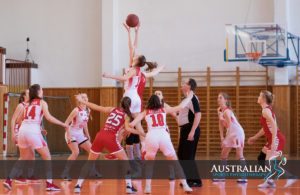
Final thoughts
While recovery from patellar tendonitis can take time (often several months), with consistent and appropriate physiotherapy, a high percentage of individuals experience significant improvement and can return to their desired activities.
In rare cases where conservative treatment fails, other options like injections or surgery might be considered, but physiotherapy remains the primary and most effective approach.
